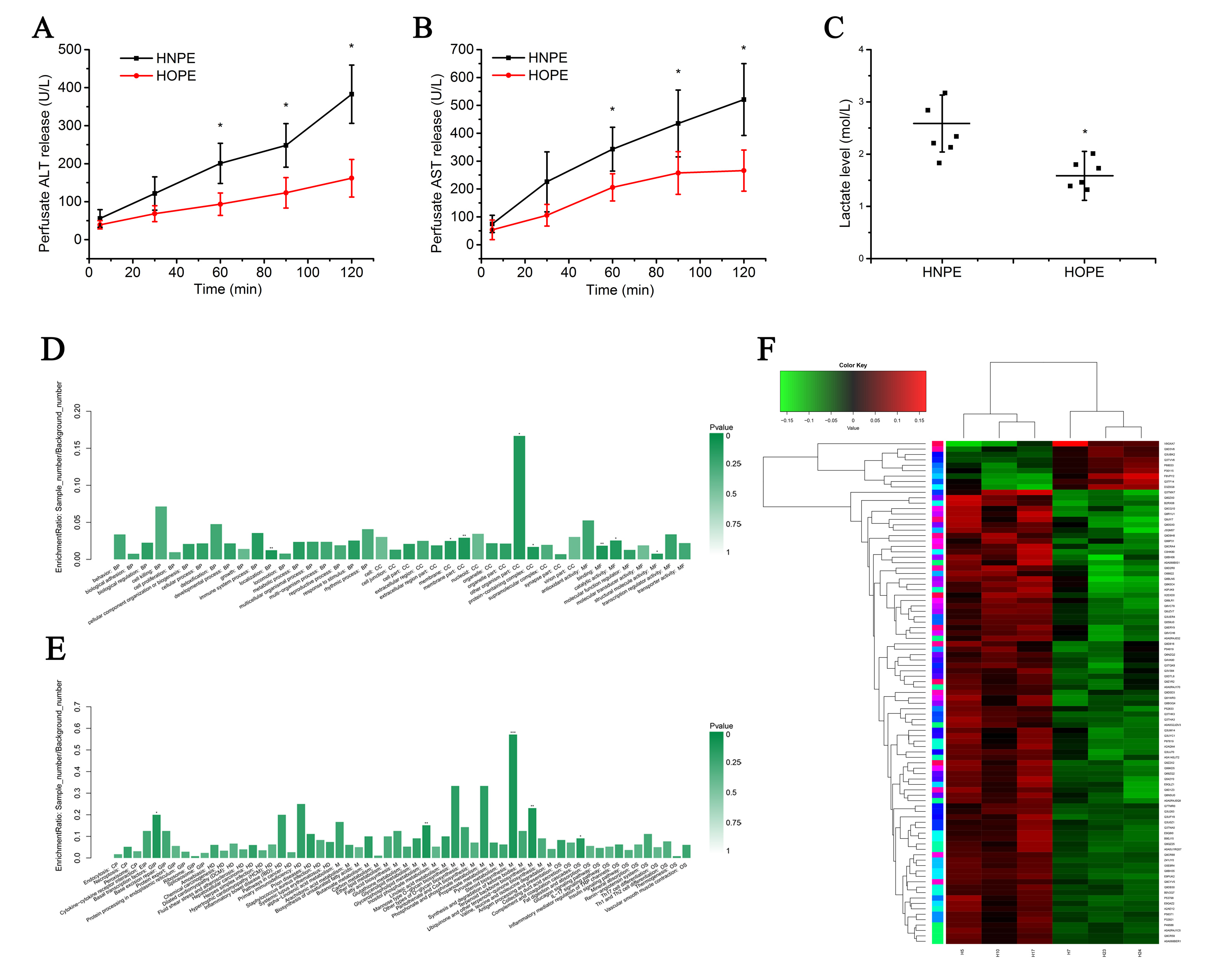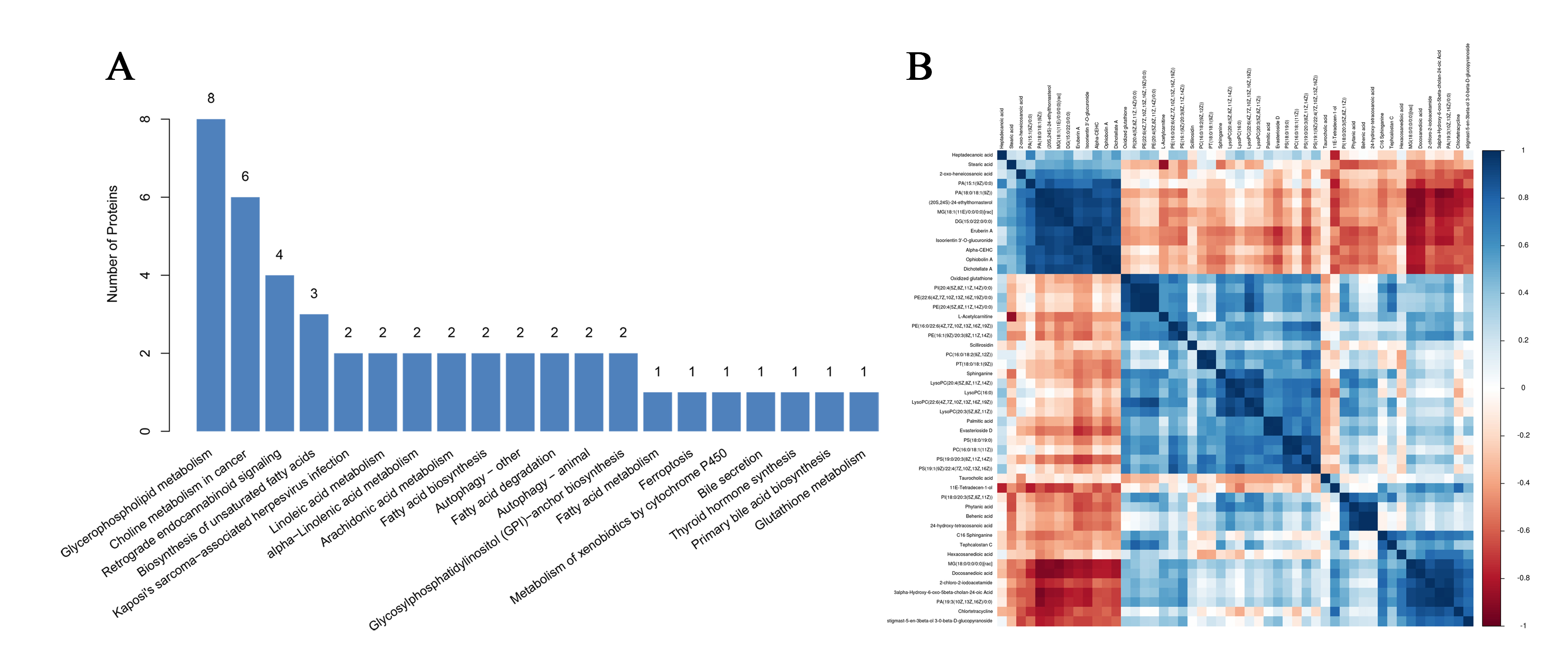Proteomics and Metabolomics Technologies Reveal the Effect of Oxygen in Hypothermic Machine Perfusion to Alleviate Donation after Circulatory Death Liver Injury
1Department of Urology, Union Hospital, Affiliated TongJi Medical College, Huazhong University of Science & Technology, Wuhan, China, 2Zhongnan Hospital of Wuhan University, Institute of Hepatobiliary Diseases of Wuhan University, Transplant Center of Wuhan University, Wuhan, China
Meeting: 2020 American Transplant Congress
Abstract number: 198
Keywords: Donors, non-heart-beating, Liver, Machine preservation, Mice
Session Information
Session Name: Basic: Ischemia Reperfusion & Organ Rehabilitation I
Session Type: Oral Abstract Session
Date: Saturday, May 30, 2020
Session Time: 3:15pm-4:45pm
 Presentation Time: 4:27pm-4:39pm
Presentation Time: 4:27pm-4:39pm
Location: Virtual
*Purpose: To compare the effects of oxygenated and nitrogenated hypothermic machine perfusion on the preservation of donation after circulatory death (DCD) livers, and to explore the proteomics and metabolomics changes under different oxygen concentrations.
*Methods: Mice livers were subjected to 30 min warm ischemia and then stored 4 h of cold storage and 1 h of oxygenated hypothermic machine perfusion (HOPE) with 100% O2 or nitrogenated hypothermic machine perfusion (HNPE) with 100% N2. Subsequently, an isolated perfused liver system was operated for 2 h to evaluate the liver quality, the perfusate and tissue samples were collected for metabolomics and proteomics detection.
*Results: HOPE could exert a better liver protection effect than HNPE, which had lower levels of enzyme and lactate release. By using the LC MS/MS iTRAQ technology, we analyzed the proteomic changes between HOPE and HNPE groups. Of identified 4212 proteins totally, 93 differentially expressed proteins were found. Among the 51 perfusate metabolites tested, the number of differential metabolites was 21. Above different compounds were categorized with GO functional classification annotation and KEGG pathway analysis into biological processes, of which noted that glycerophospholipid metabolism, steroid biosynthesis, and terpenoid biosynthesis were the three major different pathways between the two groups. The glycerophospholipid compounds represented by iPLA2 had significant changes in the metabolic and proteomics tests both.
*Conclusions: Adequate oxygen is a prerequisite condition for hypothermic machine perfusion to protect the DCD liver. Glycerophospholipid compounds are important structures that make up the hepatocyte membrane, and we consider it may indicate the quality of donor livers.
To cite this abstract in AMA style:
Zeng X, Fan X, Wang Y, Xia Q, Liu J, Li H, Ye Q, Wang Z. Proteomics and Metabolomics Technologies Reveal the Effect of Oxygen in Hypothermic Machine Perfusion to Alleviate Donation after Circulatory Death Liver Injury [abstract]. Am J Transplant. 2020; 20 (suppl 3). https://atcmeetingabstracts.com/abstract/proteomics-and-metabolomics-technologies-reveal-the-effect-of-oxygen-in-hypothermic-machine-perfusion-to-alleviate-donation-after-circulatory-death-liver-injury/. Accessed January 4, 2026.« Back to 2020 American Transplant Congress


